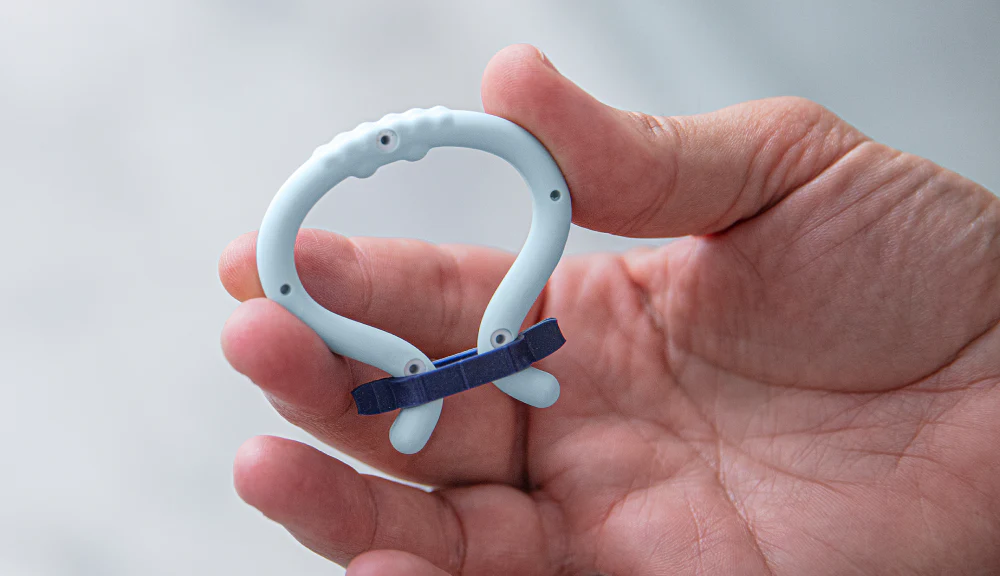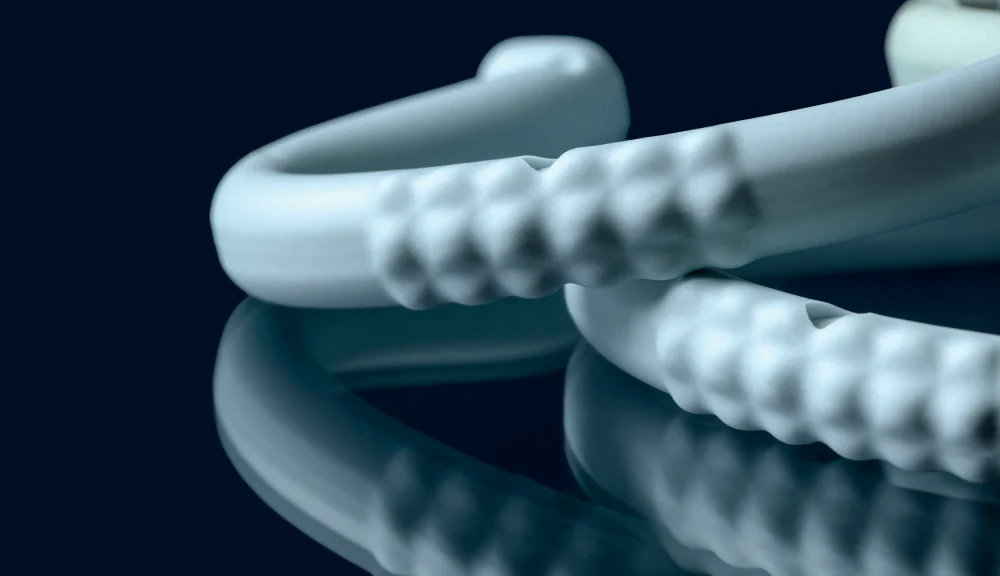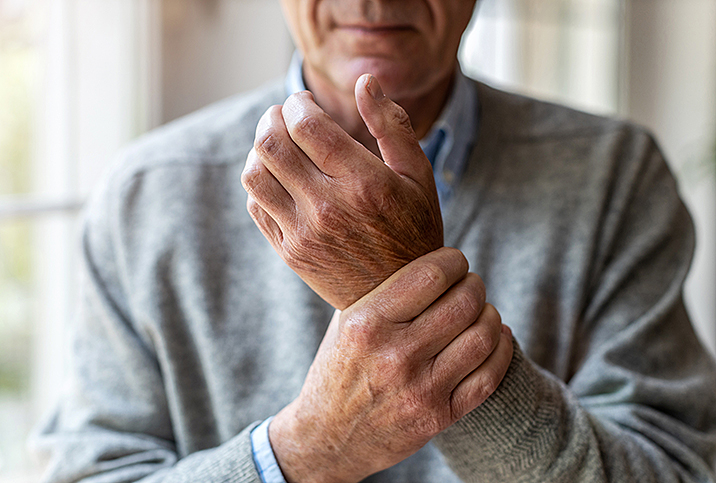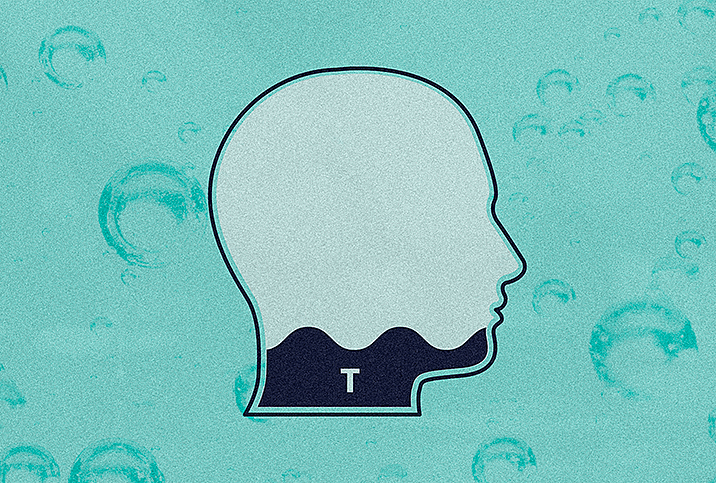Early Research Suggests a Link Between Osteoporosis and ED
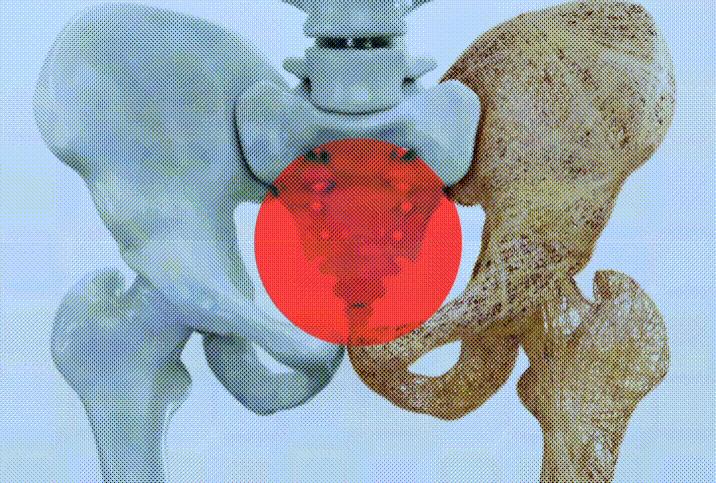
One of the most common conditions people face as they age is a loss of bone density known as osteoporosis. Although the typical medical visibility doesn't start until age 50 or later, bone mass actually stops increasing some time at about age 30, and our bodies try to compensate as best as they can until the losses accelerate later in life.
While formative research is limited, men who suffer from erectile dysfunction (ED) may face a higher risk of osteoporosis due to a variety of potential reasons.
"The associations between the two are weak, but the causes have similar pathways, and that's why people link them together," said Justin La, M.D., an andrology and men's health fellow at Men's Health Melbourne in Australia.
While ED is a multifactorial condition, common onset factors such as low testosterone, severe hypogonadism and androgen deprivation therapy can also contribute to bone loss, he added. A 2021 meta-analysis of studies in the journal Medicine supported this line of thinking, echoing several of these reasons along with decreased vitamin D concentration as contributing factors to lower bone density.
'The associations between the two are weak, but the causes have similar pathways, and that's why people link them together.'
"There have also been studies linking vitamin D and endothelial dysfunction, but there really isn't cause or effect for this yet," La added.
Endothelial dysfunction refers to the inability of specific muscle cells lining the arteries to relax, preventing blood vessel dilation and, thus, controlling blood pressure. It can be a sign of both cardiovascular disease and ED.
In another compelling finding, the meta-analysis authors wrote, "Interestingly, compared with older participants, the increased risk of osteoporosis in ED patients seemed to be more pronounced in younger participants."
More than half of the literature reviewed mentioned this tendency.
Delaying the onset of osteoporosis…and potentially ED
La indicated ED is a vascular system issue, and men can use common sense about diet and exercise to delay its onset. Myriad studies point to the benefits of a diet rich in fruits and vegetables and even further benefits from adopting a Mediterranean-style diet.
Incorporating weight-bearing exercise isn't just good for heart health, it also may help delay further bone loss. Among a number of studies and reports highlighting the value of regular exercise, a 2020 International Journal of Behavioral Nutrition and Physical Activity review underscored that even just 60 minutes of exercise two to three times a week likely makes a potentially significant difference in both bone loss prevention and improved bone mass for people already facing osteoporosis.
"All eight longitudinal studies investigating different doses of total or planned physical activity on bone health found that higher levels of physical activity were associated with better bone health," the review authors wrote.
ED drugs as a potential bone mass treatment
When diet and exercise aren't enough, certain ED drugs may help. La pointed to a recent study that suggested new uses for tadalafil (Cialis) and vardenafil (Levitra) as potential treatments to improve bone mass.
A 2020 study published in the Proceedings of the National Academy of Sciences of the USA looked at the bone gains in mice using both drugs, specifically targeting an enzyme found in both mice and humans that is associated with bone growth. The study noted that "unlike in humans, in whom vardenafil is more potent than tadalafil, the relative potencies were reversed with respect to their osteoprotective actions in mice." In both uses, however, results showed net bone gain overall.
While this research is preliminary, it may point to potential promise for people suffering from ED and osteoporosis concurrently.
Above all, men facing ED could likely benefit from a bone density test, to better understand where they might be on the risk scale and get an idea of whether osteoporosis or other bone issues could lie ahead.









